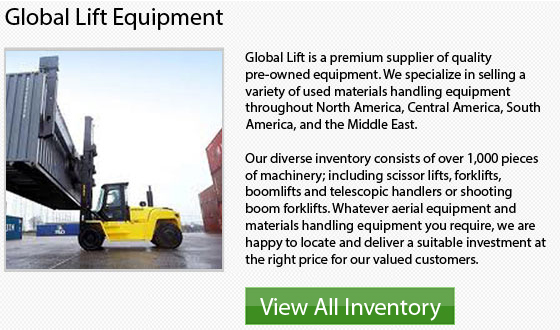
Scissor Lifts
Scissor Lifts are particularly made for working on projects directly overhead because they are just capable of lifting on a vertical plane. Scissor Lifts are designed of a series of linked and folding supports that crisscross in an "x" pattern. The pressure has to be applied to the outside of the lowest set of supports in order for the unit to elevate into the air. This process extends the crossing pattern that vertically propels the unit. If the machine is pneumatically or hydraulically powered, lowering of the platform can be done by simply opening a valve to be able to release the pressure.
There are various scissor lift models. They could vary from indoor models to those models specially made for rough terrain that are better suitable for various construction operations. The rough terrain models are particularly outfitted with stronger and more reliable tires that operate by diesel or gas motors.
4 Mechanical Lifts
Mechanical lifts are usually smaller models that depend on rack-and-pinion or screw threads to elevate the platform. The mechanical lifts are limited in the heights they could extend to and the amount of weight they could lift. Mostly, these lift models are used for maintenance jobs like changing light bulbs and indoor applications.
The first scissor lift was build during the 1970s. The fundamental design is still utilized, even if lots of improvements have been made in the materials utilized and safety features added. This machinery became the ideal choice for many indoor retail establishments which were beginning to expand their inventory. The scissor lift is similar to the forklift. The scissor lift has become sought after and well-known for its effectiveness as well as its portability. Furthermore, the scissor lift provides the only industrial platforms which could be retracted and able to fit into the corner of the building.